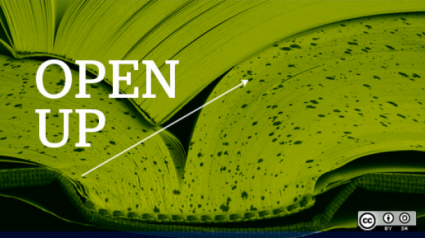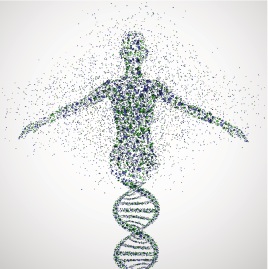Prior to taking this Open Source for the Common Good course, I never had any experience with the topic and was initially still pretty fuzzy as to the applicability of the field in the real world. However, over the course of the semester the class and I have reflected on various subjects where Open Source has become an extremely viable solution to many of our problems as opposed to intellectual property. After experiencing Open Source first hand during our Food Computer project, it became clear as to the plausibility of widespread support and use of Open Source projects. The Food Computer that we built through Open Source is a sustainable and robotic food producing system that uses 90% less water than traditional agricultural methods. Open Source projects such as this, are perfect examples of how people with little to no experience in any particular field can quickly become informed and capable of building an incredible product.
As part of the build team for the Food Computer, I was forced into a division which I had very little previous knowledge. However, through helpful Open Source steps and videos, we were able to almost successfully complete the entire Food Computer in a mere 5-6 weeks. Though we encountered a few hiccups on the way as a result of confusing instructions, we saw much success in the project. Also, we built a website that documented our struggles and is now able to inform future readers of the necessary measurements or steps that are required to successfully complete the task. It has become obvious to me the importance of documentation throughout the process. Open Source is completely based on a person’s ability to easily present, to an assumed reader with no knowledge on the subject, the steps required to build the system. I hope that our ability to redefine the way to build the Food Computer will help other builders finish the system with much more ease.
The Food Computer, along with our lessons throughout the course, gave me confidence in the plausibility of effectively spreading the word about Open Source and being able to implement the idea throughout the world. This course has been extremely influential for me. I was able to study a variety of fields throughout the semester and the realistic applications that Open Source has in each one. I have become knowledgeable in the subject, and most specifically the Food Computer, and I am very excited about the possibilities that Open Source has in the future.








